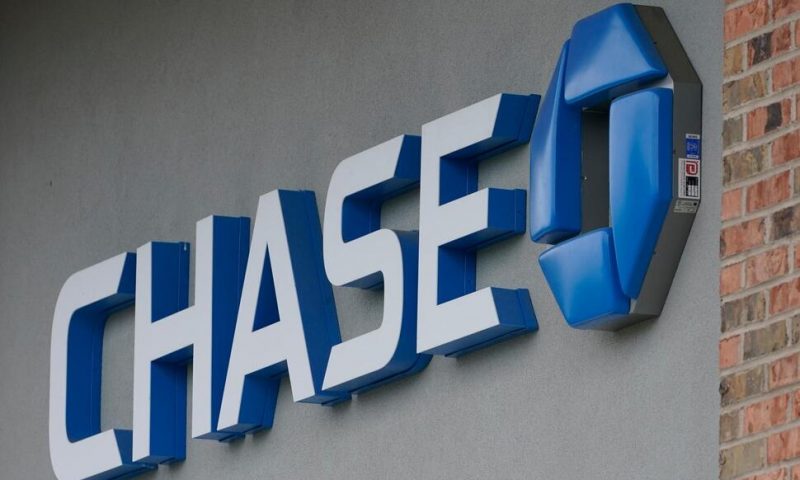JPMorgan Chase says profits rose 24% in the third quarter, largely driven by one-time items that boosted its results, as the bank struggled to grow revenues with interest rates at near-zero levels.
NEW YORK — JPMorgan Chase posted a 24% jump in third-quarter profits on Wednesday, largely driven by one-time items that boosted its results, as the bank struggled to grow revenues with interest rates at near-zero levels.
Despite the slow revenue growth, the bank and its management seemed as optimistic about the economic recovery, moving billions of dollars off its troubled loan books and saying that calls with companies showed that the lingering issues from the pandemic were abating.
The nation’s largest bank by assets said it earned a profit of $11.69 billion, or $3.74 per share, compared with a profit of $9.44 billion, or $2.92 per share, in the same period a year earlier. JPMorgan had two one-time items that helped boost its profits this quarter: a $566 million income tax benefit and the release of $2.1 billion from its troubled loans books, something the bank has been doing every three months since the U.S. economy started recovering from the pandemic.
Excluding those one-time items, JPMorgan earned $3.03 a share, barely higher than the $3.00 a share that analysts were looking for, according to FactSet.
JPMorgan is the first of the big Wall Street banks to report their results this quarter, with Citigroup, Wells Fargo, Bank of America, Goldman Sachs and Morgan Stanley reporting later this week. Investors will be looking to see how banks — which are often a proxy for the overall economy — performed the last three months as the delta variant of the coronavirus swept across the globe and many companies dealt with supply-chain disruptions.
JPMorgan’s Chairman and CEO Jamie Dimon appeared upbeat about the economy and said the supply-chain issues that have impacted most industries — a major factor behind higher inflation — are, at worst, temporary.
“Two years ago we were facing a global pandemic — virtually a Great Depression — and that’s all in the back mirror, which is good,” he said.
“There’s not one company I know that is not working aggressively to fix their supply chain issues. The consumer is in great shape. I doubt will be talking about the supply chain stuff in a year,” he added.
Even with the growing economy, the banks are constrained by ultra-low interest rates, which are starting to weigh on profits since the banks cannot charge customers more to borrow money. Earlier this year profits were surging, but that was largely due to the banks moving loans they considered at-risk during the pandemic back onto the “good” side of their balance sheet.
Without higher interest revenue or a growing number of customers, investors are likely to see JPMorgan’s results as partly just moving money from “Column A” to “Column B.”
JPMorgan has said just as such themselves. Dimon said in a prepared statement that the bank “does not consider these … releases core or recurring profits.”
JPMorgan has roughly $18.6 billion set aside for potentially bad loans, which is down from $33.8 billion in the same period a year earlier.
Third-quarter revenues rose 2% to $30.44 billion from a year ago. The bank earned $14.48 billion in interest income this quarter, down 1% from a year earlier.
JPMorgan got a boost from its investment banking division as well, which has benefitted from companies looking to merge or go public in the improving economy and strong stock market. The corporate and investment bank had a profit of $5.56 billion, up from $4.31 billion a year earlier.
Trading revenues fell 4%, reflecting the quieter markets the last three months compared with the pandemic-fueled volatility last year. Meanwhile investment banking fee revenues were up 52%.

